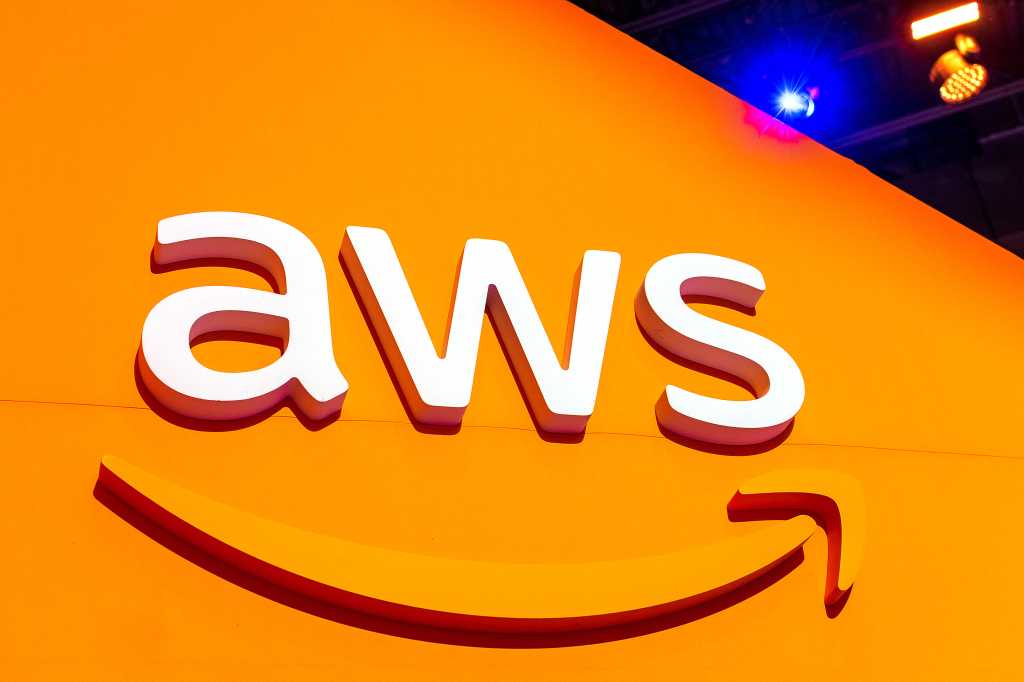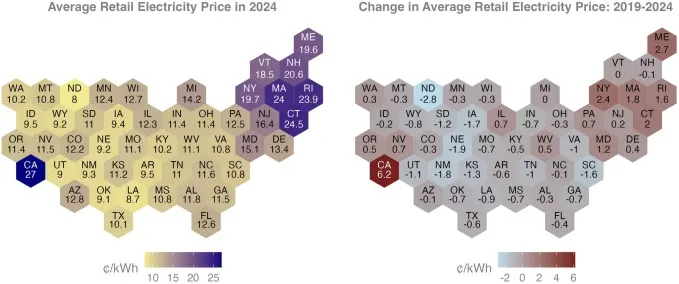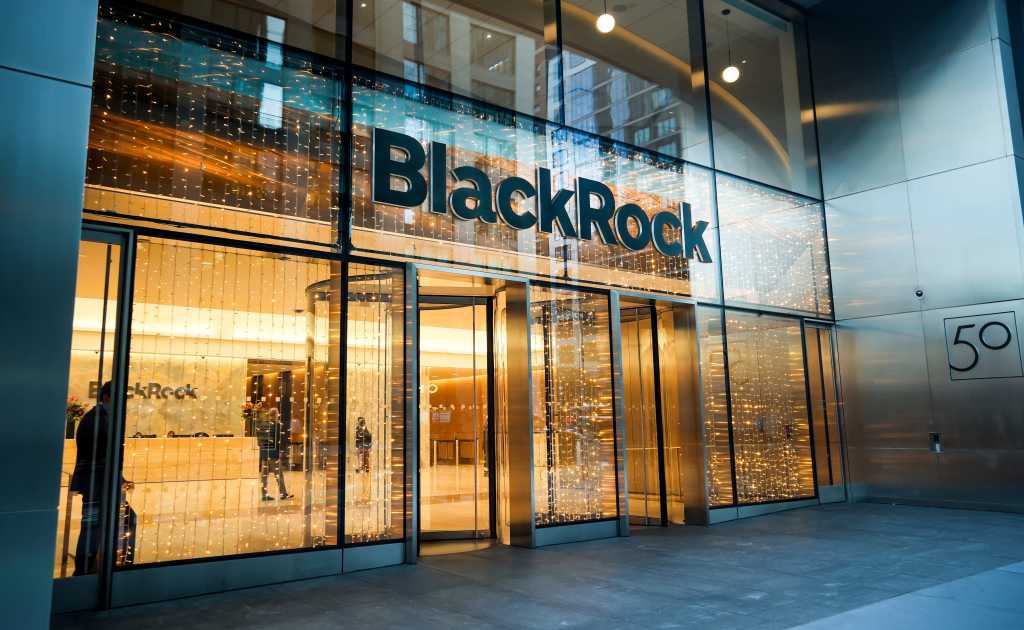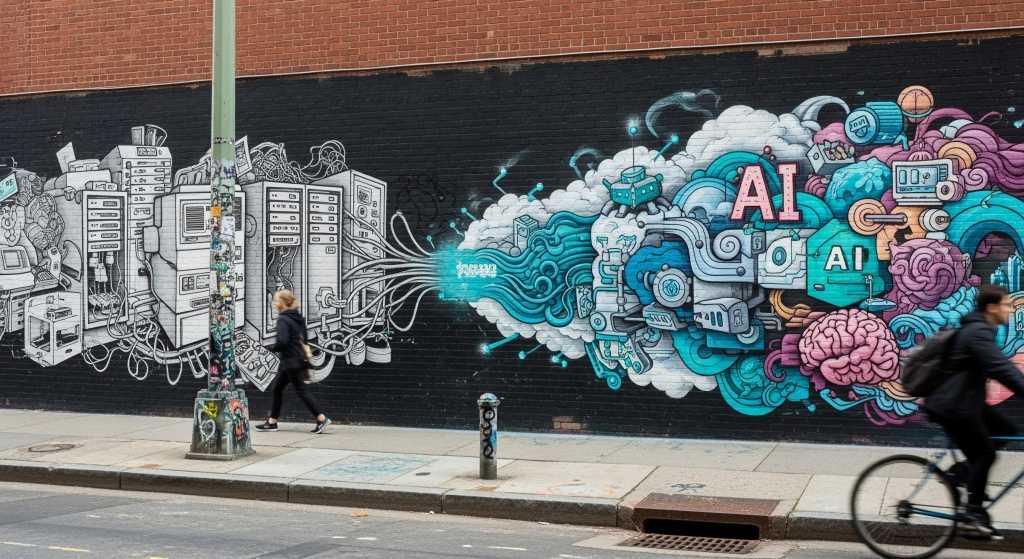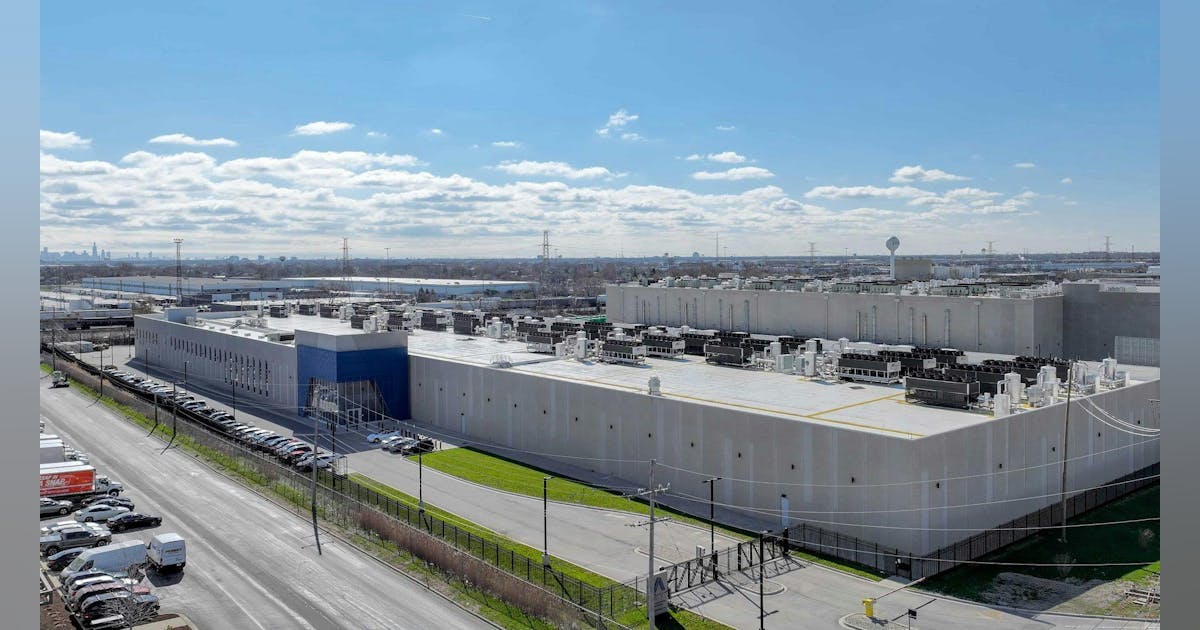
In an EBW Analytics Group report sent to Rigzone by the EBW team on Monday, Eli Rubin, an energy analyst at the company, noted that a “bullish weather shift spark[ed]… [a] natural gas revival”.
“After testing as low as $2.893 per million British thermal units (MMBtu) intraday Friday – and with weekend Henry Hub spot prices falling to $2.66 [per MMBtu] – a cooler weekend weather shift has revived bullish fortunes for the November contract,” Rubin said in the report.
“Further, weekly average LNG was at a record high over the weekend and natural gas production readings slumped in the Permian and Marcellus,” Rubin added.
In the report, Rubin noted that “some meteorologists reflect a larger heating demand gain, helping to explain the pop at the front of the curve”.
“Cooler weather (the next three EIA [U.S. Energy Information Administration] weeks are expected to be below long-term normals) slashes risks of bearish outcomes akin to early November 2024,” Rubin said.
The energy analyst stated in the report that “shorts covering some positions likely underlies the market reaction higher”.
“Still, lofty storage, mild weather, and returning production remain,” Rubin warned in the report.
“The $3.22-3.24 per MMBtu level is a key technical battleground, however, and if weather models continue colder or bulls lift November above key resistance, extended near-term upside potential may occur,” he added.
EBW’s report highlighted that the November natural gas contract closed at $3.008 per MMBtu on Friday. This was up 7.0 cents, or 2.4 percent, from Thursday’s close, the report outlined.
In a separate EBW report sent to Rigzone by the EBW team on Friday, Rubin warned that “near to medium term natural gas weakness extend[ed]”.
“Yesterday’s [Thursday] EIA-reported 80 billion cubic foot injection confirmed a lofty storage trajectory, driving the November 2025 natural gas contract to post its first sub-$3.00 per MMBtu close in four years,” Rubin said in that report, which highlighted that the November natural gas contract closed at $2.938 per MMBtu on Thursday. This was down 7.8 cents, or 2.6 percent, from Wednesday’s close, the report outlined.
“The South Central continues to pare storage surpluses amid constructive regional fundamentals, but technicals indicating further bearish risk and a weak seasonal backdrop suggest downside,” Rubin noted in this report.
“Late-season tropical activity may emerge next week,” he added.
In that report, Rubin warned that “continued mild weather into Week 3 is primed to extend the injection season into November.”
“Estimates of current storage are near 3,800 Bcf, with another 4-5 weekly builds ahead. Seasonally suppressed supply is likely to rebound – offering another bearish medium-term headwind,” he said.
“Historically, storage peaking above 3,900 Bcf has translated to November pricing sub- $2.75 per MMBtu. We remain bullish on long-term fundamentals, but filling storage, mild weather and rebounding production are likely to weigh on pricing near-term,” Rubin went on to state in that report.
In its latest weekly natural gas storage report, which was released on October 16 and includes data for the week ending October 10, the EIA said working gas in storage was 3,721 Bcf as of October 10, according to its estimates.
“This represents a net increase of 80 Bcf from the previous week,” the EIA highlighted in its report.
“Stocks were 26 Bcf higher than last year at this time and 154 Bcf above the five-year average of 3,567 Bcf. At 3,721 Bcf, total working gas is within the five-year historical range,” it added.
The EIA’s next weekly natural gas storage report is scheduled to be released on October 23. It will include date for the week ending October 17.
In a BMI report sent to Rigzone by the Fitch Group on October 10, BMI projected that the front month Henry Hub natural gas price will average $3.50 per MMBtu in 2025 and $3.80 per MMBtu in 2026.
In a report sent to Rigzone by the Standard Chartered team on October 8, Standard Chartered forecast that the NYMEX basis nearby future Henry Hub natural gas price will average $3.55 per MMBtu this year and $4.03 per MMBtu next year.
In its latest short term energy outlook (STEO), which was released on October 7, the EIA lowered its Henry Hub natural gas spot price forecast for both 2025 and 2026.
According to that STEO, the EIA sees the commodity coming in at $3.42 per MMBtu in 2025 and $3.94 per MMBtu in 2026. In its previous STEO, which was released in September, the EIA projected that the Henry Hub natural gas spot price would average $3.52 per MMBtu this year and $4.28 per MMBtu next year.
To contact the author, email [email protected]



